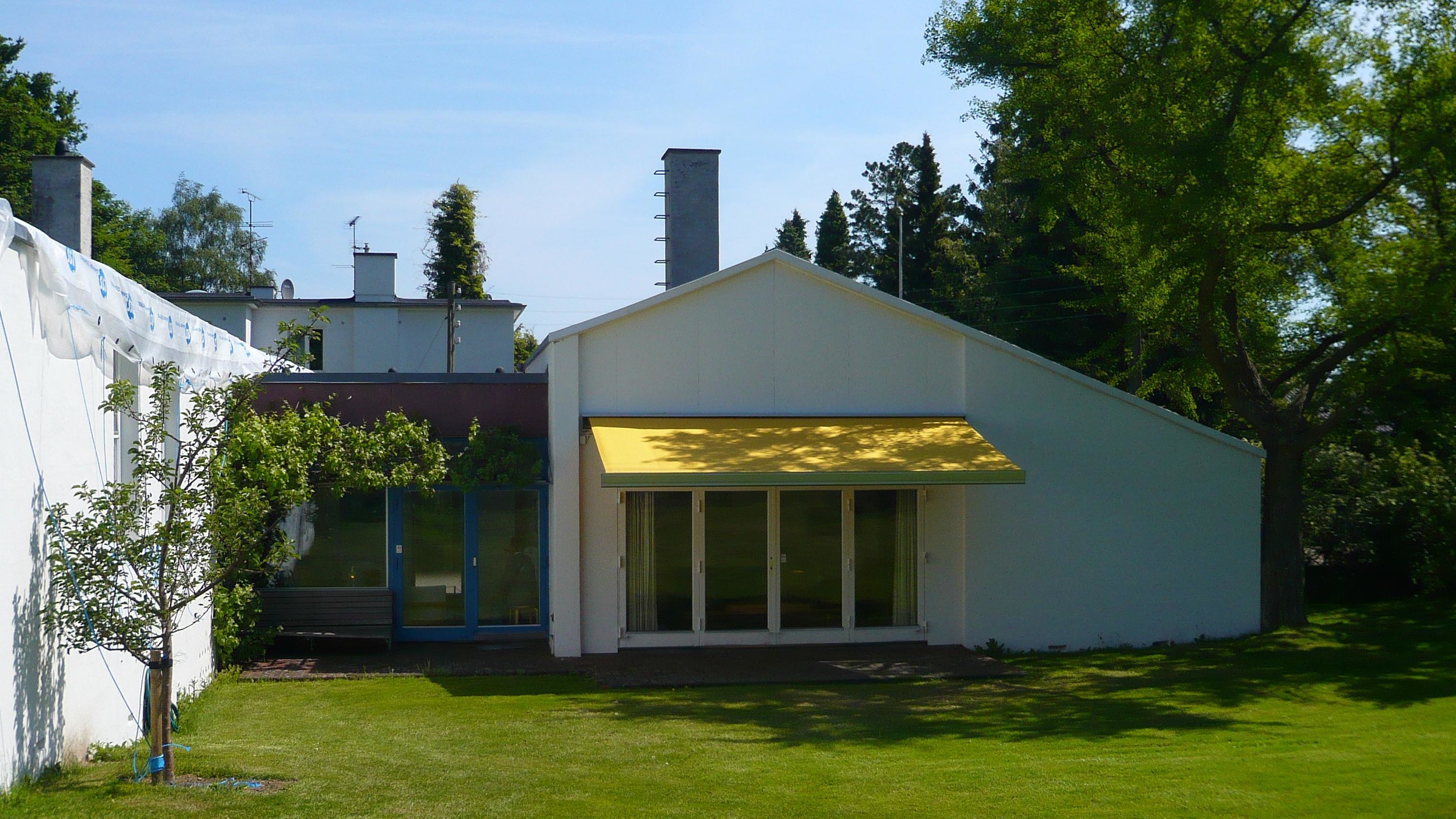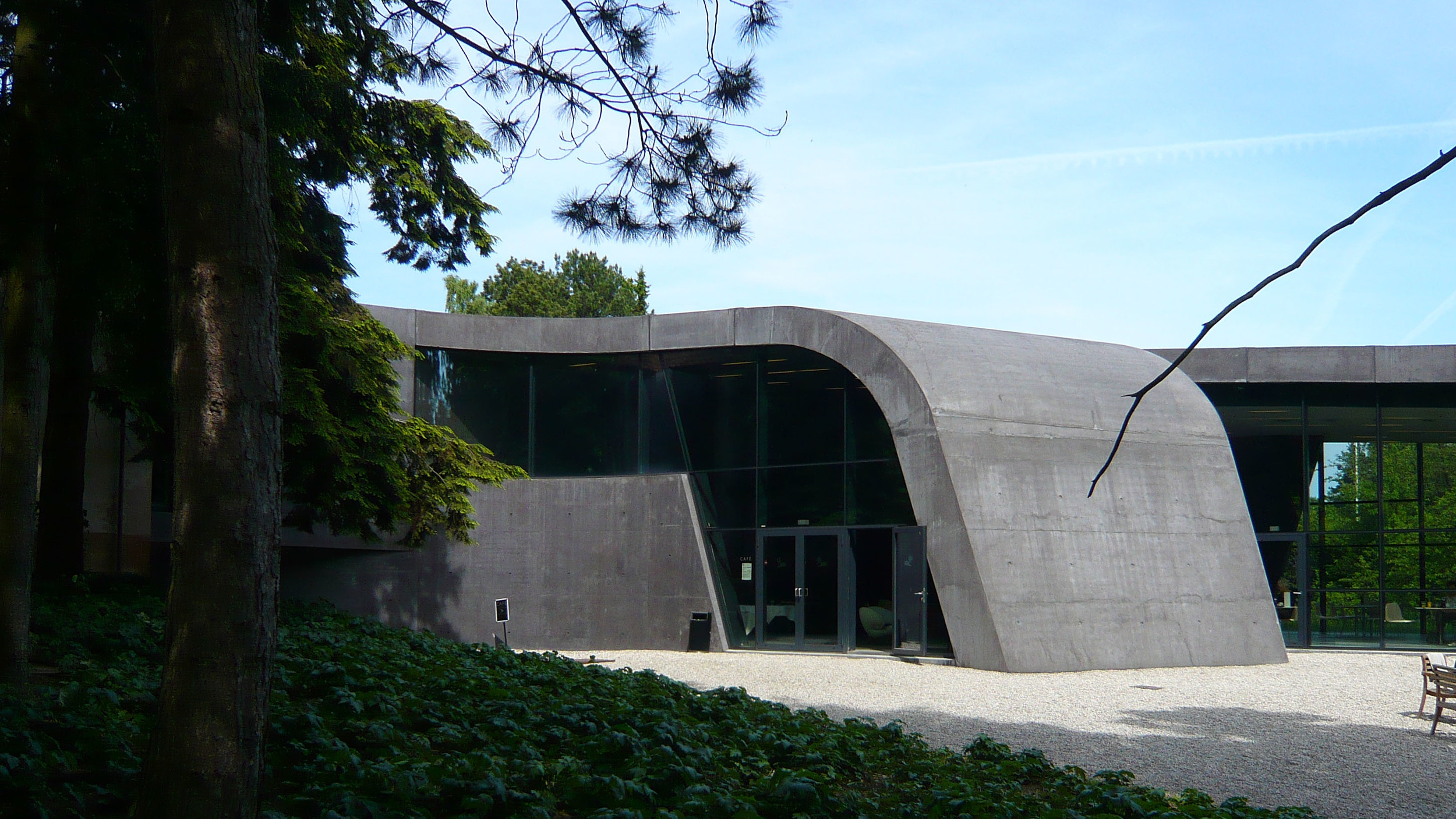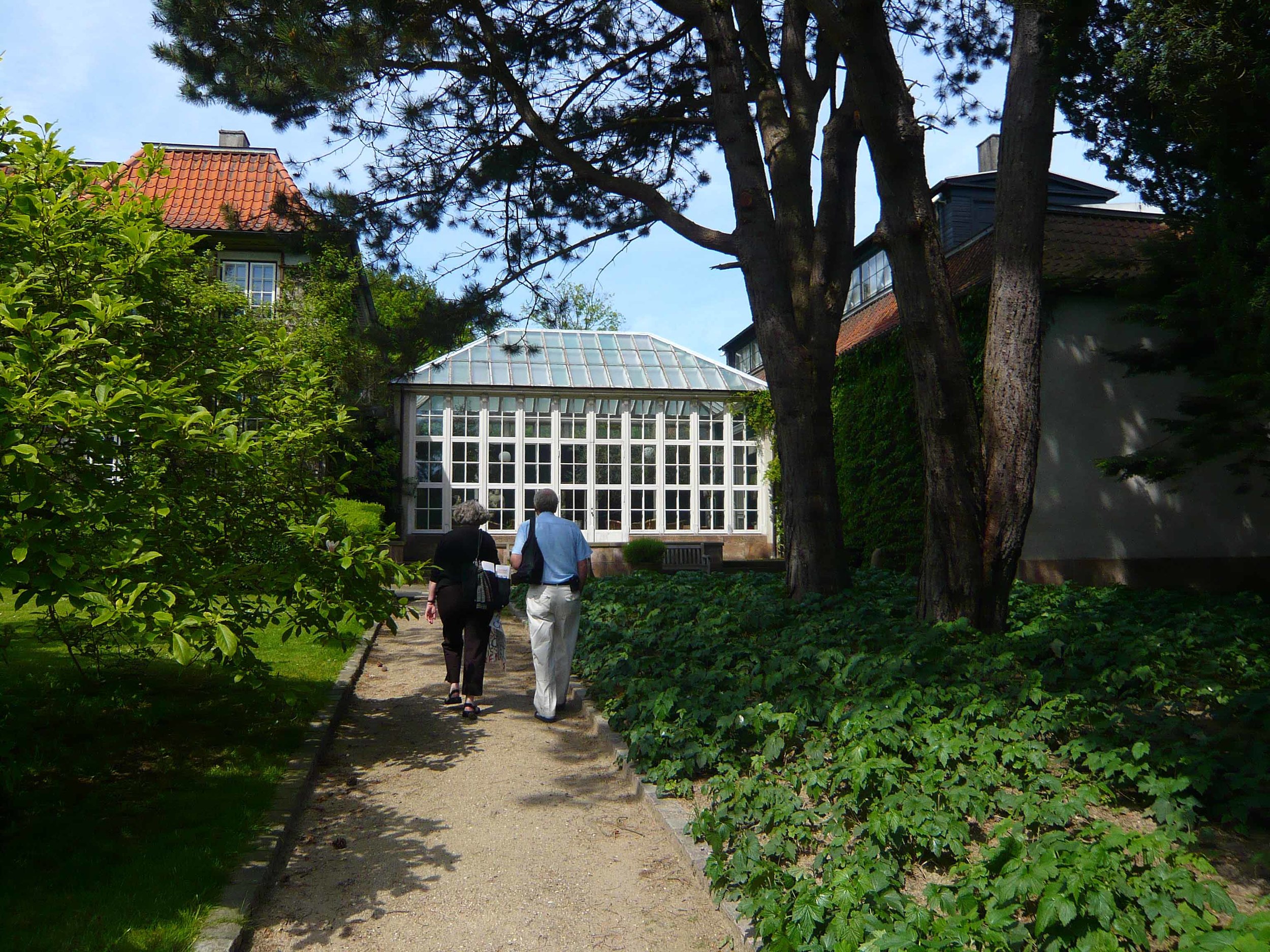Finn Juhl House
/




Finn Juhl designed a house for himself that he completed in 1942 with money inherited on the death of his father.
The outside of the house is unremarkable, almost awkward, with single-storey ranges forming an L shape and with shallow-pitched, sloping roofs and a barely related mixture of windows and doorways.
However, inside the house there is a series of well lit and carefully linked spaces and in these rooms, still much as Juhl designed them, you can begin to see just why his work was so important and so influential in the 1950s and 1960s, particularly in the United States. He was featured in Interiors magazine and in 1951 was involved in the Good Design exhibition in Chicago. Subsequently, he was commissioned to produce designs for General Electric and gained a prestigious commission to design the Trusteeship Council Chamber for the United Nation's Building in New York.
Juhl died in 1989 and after the death of his widow in 2003 their home became a museum managed by the Ordrupgaard Art Museum ... the garden of Finn Juhl’s house backs on to the garden and park of the museum so the two are now actually linked by a gateway in the boundary hedge.
The Finn Juhl House and the Art Museum are about 7 miles (11 Kilometres) north of the centre of Copenhagen. You can reach the museum on public transport - it is possible to take a C train from the Central Station in Copenhagen to the railway station at Ordrup and there is then a walk of just over a mile (2 Kilometres) to the museum.
Note that access to the house is through the gardens of the museum rather than through the gate on the street frontage of the house.
The Ordrupgaard Art Museum at Vilvordevej 110, 2920 Charlottenlund is certainly worth a visit in its own right. It is based around an important private collection of French and Danish art formed by Wilhelm Hansen in the first half of the 20th century and is displayed in his home, a large house set in extensive and attractive gardens in the north suburbs of Copenhagen. After Hansen's death, his widow passed the house and the collection to the nation and the gallery opened as a state-owned museum in 1953.
A large extension to the museum designed by Zaha Hadid was completed and opened in 2005 to provide large new exhibition galleries and space for a book shop and a cafe.
Extensive gardens provide an attractive setting for the three buildings.































